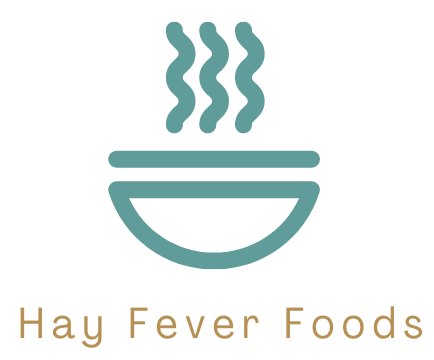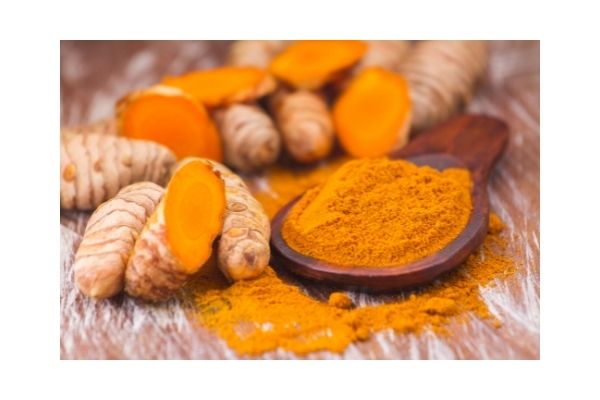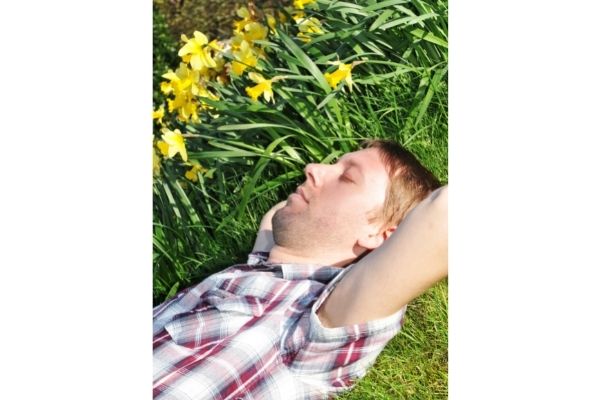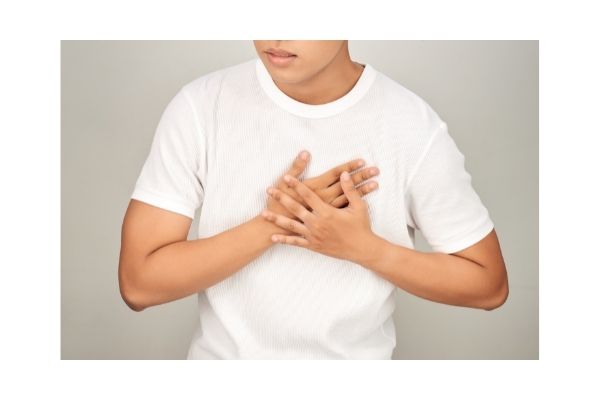In most parts of the United Kingdom, winters are colder, windy and wet. It is raining almost throughout the year. In the winter, cold temperatures and indoor heating contribute to an unstable body’s hot and cold balance.
If you are in a surrounding that might be infiltrated with dust or pollen causing you to sneeze, you can always cover your nose with a mask or a scarf. However, if you are in a no trigger environment and are still sneezing, it’s probably the excess phlegm that your body is trying to throw out.
Sneezing is useful for getting rid of the itch or getting foreign particles out of your nose. Then again, excess sneezing can affect the quality of your life. Consuming the recipes given above may provide you with some relief and may control the sneezing due to hay fever.
You might see a lot of advice against natural antihistamines such as butterbur, quercetin or acupuncture, and all these are for allergies. However, we are approaching it from a hot and cold food perspective based on the system of healing (Ayurveda).
In diabetes, the sugar intake needs to be in control, along with the time and quantity of food. In the case of Hay fever, we need to keep the balance between hot and cold foods that we consume.
From the perspective of Ayurveda, a healthy body has a balance of hot and cold, and lung health problems are related to excess coldness in the body. Phlegm is cold in nature. So, excess mucus is the indicator of the imbalance. Below are the symptoms of excess phlegm in the lungs:
Fresh excess phlegm symptoms:
- Runny nose
- Stuff or clogged nose
- Sneezing
- Heavy head
- Coughing out phlegm
- Itchy or tingling nose
- Reduced sense of smell
Old excess phlegm symptoms:
- All the above
- Dry coughing
- Watery eyes
- Phlegm coming in the throat
- Earache
- Chest congestion or tightness
- Shortness of breath
- Feeling tired
- Wheeze
- Yellow, green colour phlegm
- Bad Breath
- Loss of sense of smell
All these symptoms and their triggers depend on how old the excess phlegm in your lungs is. And if the excess phlegm generation problem is chronic.
One important thing to understand is that the coldness and hotness of food are not defined by its temperature; instead, they are defined by how it feels and works once you consume them.
E.g. when you take a sip of a hard drink mixed with ice, it feels so cold, but if you drink it, you might know how warm it feels inside. The coldness of ice cannot change the hot properties of an alcoholic drink. So, don’t go by the temperature of the food, though it might play a small role.
Hay fever is more prevalent in cold countries because of the cold and wet environment which affects the production of phlegm in our bodies. This is why eating food that makes the body warm becomes even more critical.







